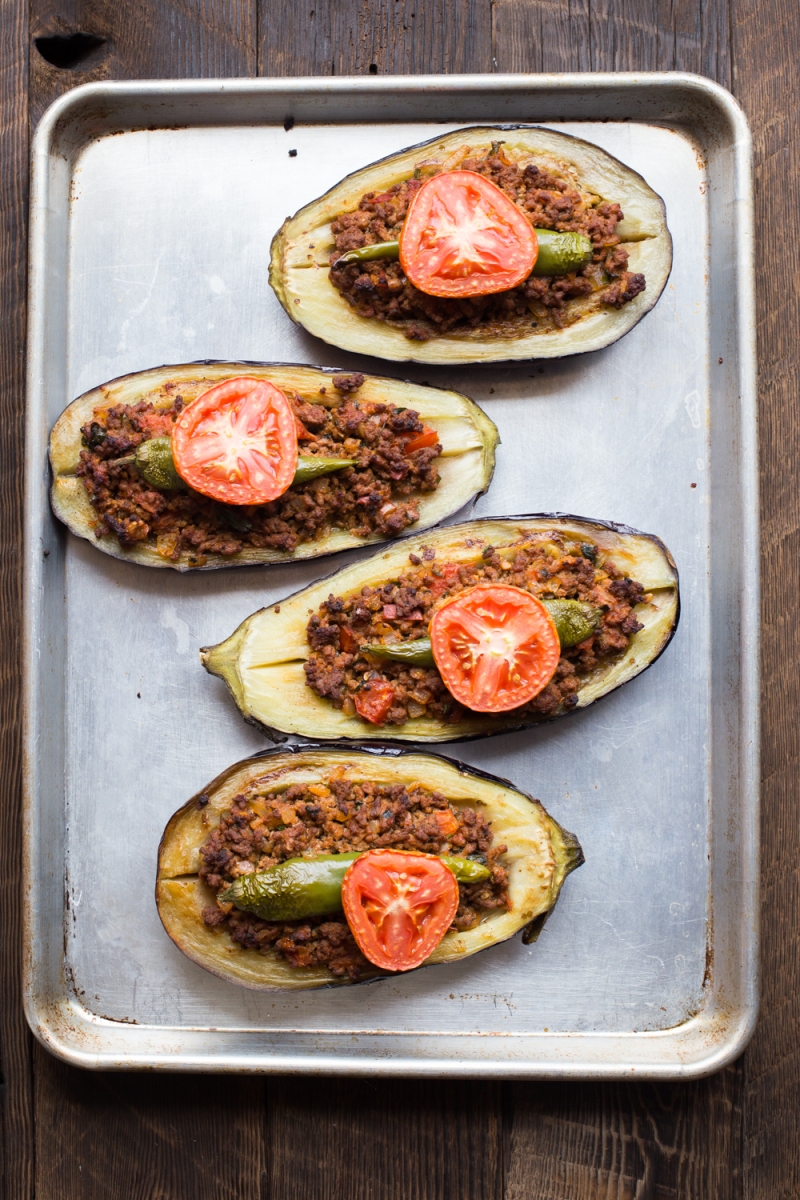
Around this time every year, my Perfect Smoked Turkey starts making the rounds, and for good reason – it’s relatively simple (with a little practice), and comes out great every time. But sometimes, with so many other things on your plate during Thanksgiving, the idea of tackling a new smoked turkey recipe can be daunting; lots of folks have told me that they would like to try the recipe, but never manage to get to it. So for everyone else, here is how I oven-roast my turkeys.
There’s really not much to this recipe, and that’s the point. This recipe uses a couple handy techniques first discovered by kitchen wizard J. Kenji López-Alt over at Serious Eats: start with a dry brine, then roast the turkey over a hot baking stone.
For the dry brine, you simply rub the turkey all over with kosher salt, pepper, baking soda, and cream of tartar and leave it in the fridge overnight. Baking soda and cream of tartar (which paired together in a 1:2 ratio create baking powder) help to raise the skin’s pH, which more efficiently breaks down its proteins to create a crispier skin.
Placing your baking sheet directly on a hot baking stone will give the lower, dark meat a head start in roasting, so that both parts reach their optimal temperature at the same time: 150F for breasts, 165F for legs and thighs.
When it comes to stuffing the bird, I prefer to use just a few aromatics to fill the oven with delicious aromas without inhibiting air circulation…
…and that’s about it. This simple recipe will give you a chance to focus on other dishes on the big day, like Cranberry Sauce, Basic Mashed Potatoes, Devilish Eggs, or New Brunswick-style Potato Stuffing.







